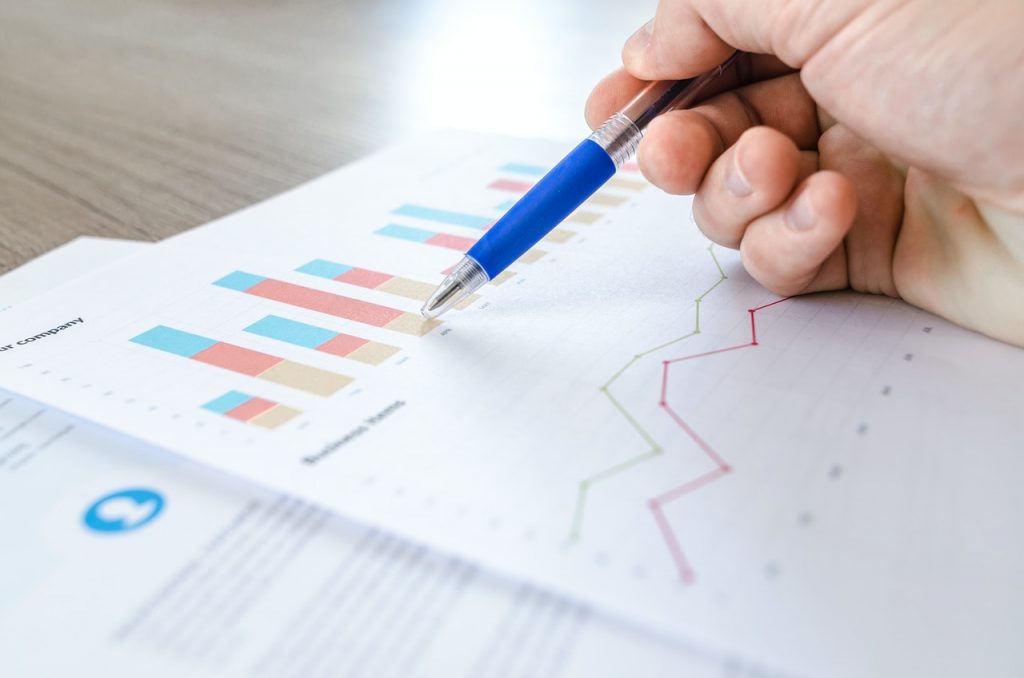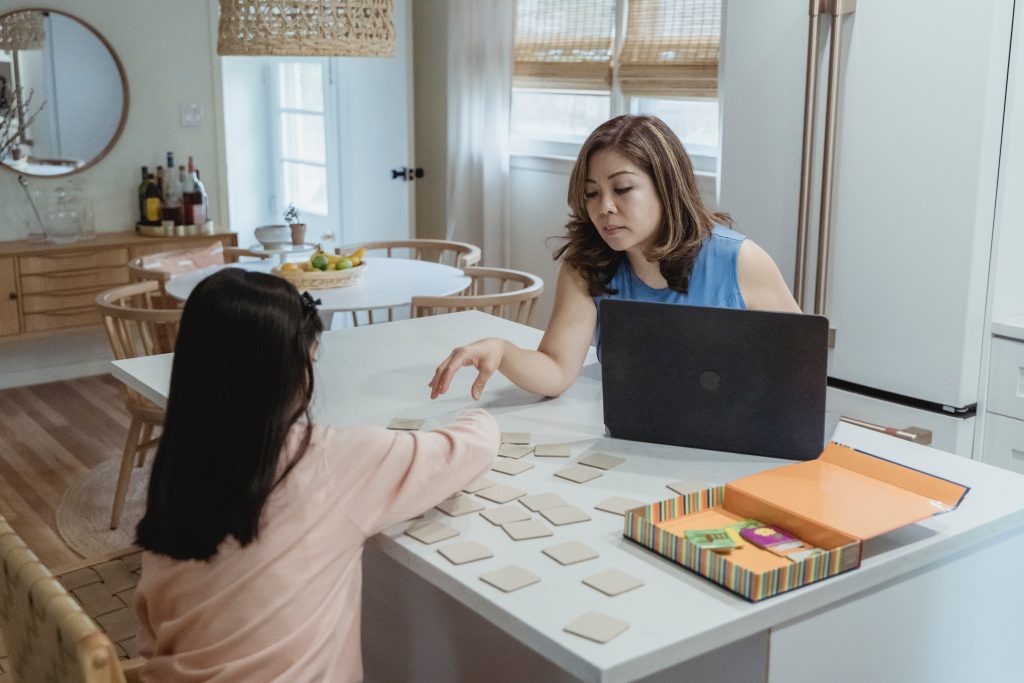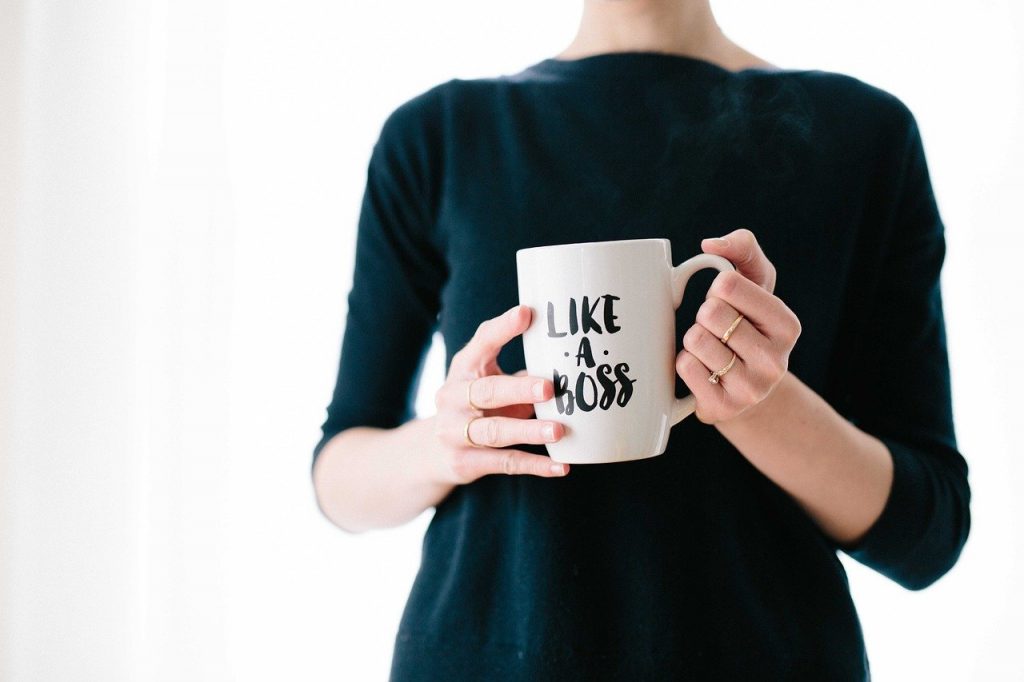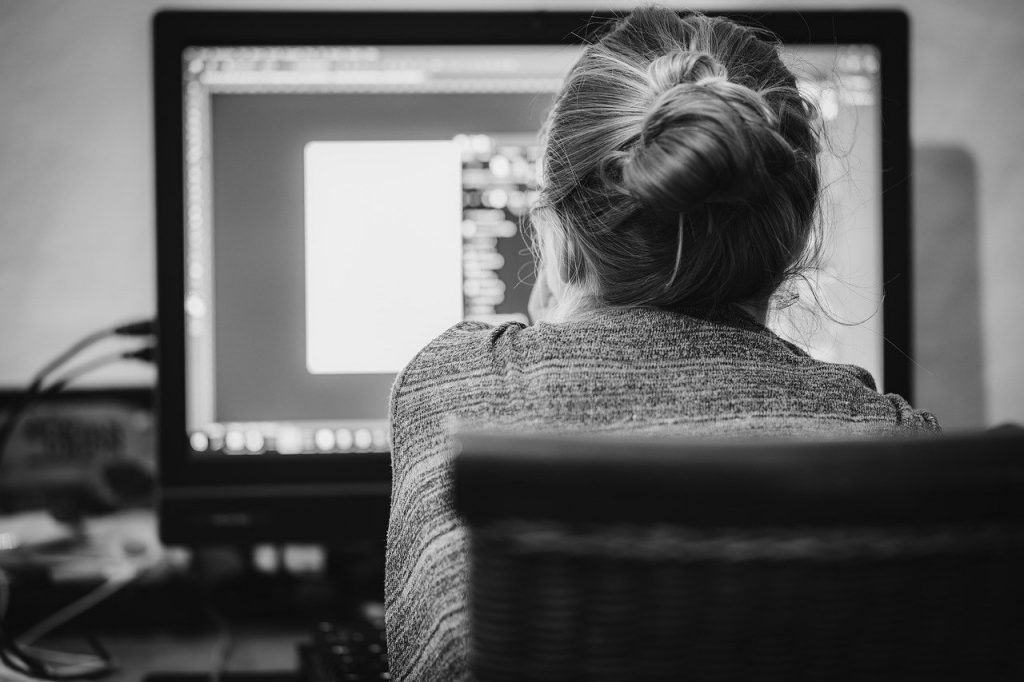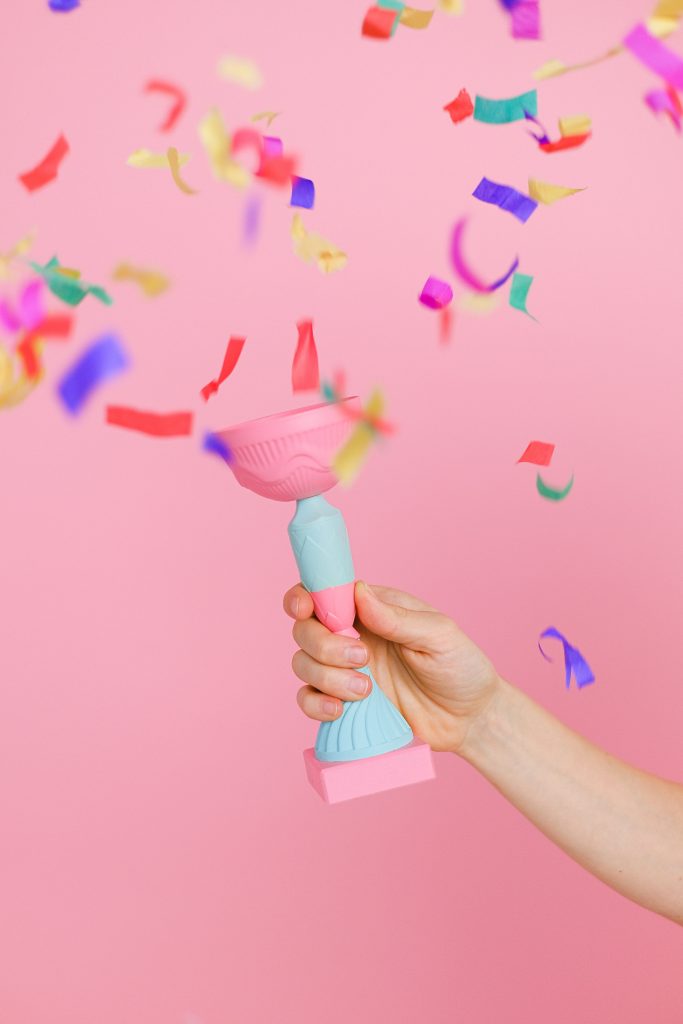Sallie Krawcheck, one of the highest-ranking women on Wall Street from positions at Bank of America and Citigroup, is the CEO of Ellevest, a digital financial company for women that she co-founded in 2014. In this interview with NPR’s “Marketplace” host Kai Ryssdal, she shared thoughts on what the COVID pandemic has specifically meant for women’s personal finances.
According to Krawcheck, “if pay is what you bring in, wealth is what you have and keep.” Prior to COVID, women’s wealth was approximately 32 cents to a white man’s dollar – and only one penny if only considering Black women. In this discussion, Krawcheck mentions how this has only become more severe during the pandemic and also shares strategies to close the gender wealth gap.


